- Home
- Articles
- Architectural Portfolio
- Architectral Presentation
- Inspirational Stories
- Architecture News
- Visualization
- BIM Industry
- Facade Design
- Parametric Design
- Career
- Landscape Architecture
- Construction
- Artificial Intelligence
- Sketching
- Design Softwares
- Diagrams
- Writing
- Architectural Tips
- Sustainability
- Courses
- Concept
- Technology
- History & Heritage
- Future of Architecture
- Guides & How-To
- Art & Culture
- Projects
- Interior Design
- Competitions
- Jobs
- Store
- Tools
- More
- Home
- Articles
- Architectural Portfolio
- Architectral Presentation
- Inspirational Stories
- Architecture News
- Visualization
- BIM Industry
- Facade Design
- Parametric Design
- Career
- Landscape Architecture
- Construction
- Artificial Intelligence
- Sketching
- Design Softwares
- Diagrams
- Writing
- Architectural Tips
- Sustainability
- Courses
- Concept
- Technology
- History & Heritage
- Future of Architecture
- Guides & How-To
- Art & Culture
- Projects
- Interior Design
- Competitions
- Jobs
- Store
- Tools
- More
Crafting an Impressive Architectural Portfolio: Essential Tips for Success
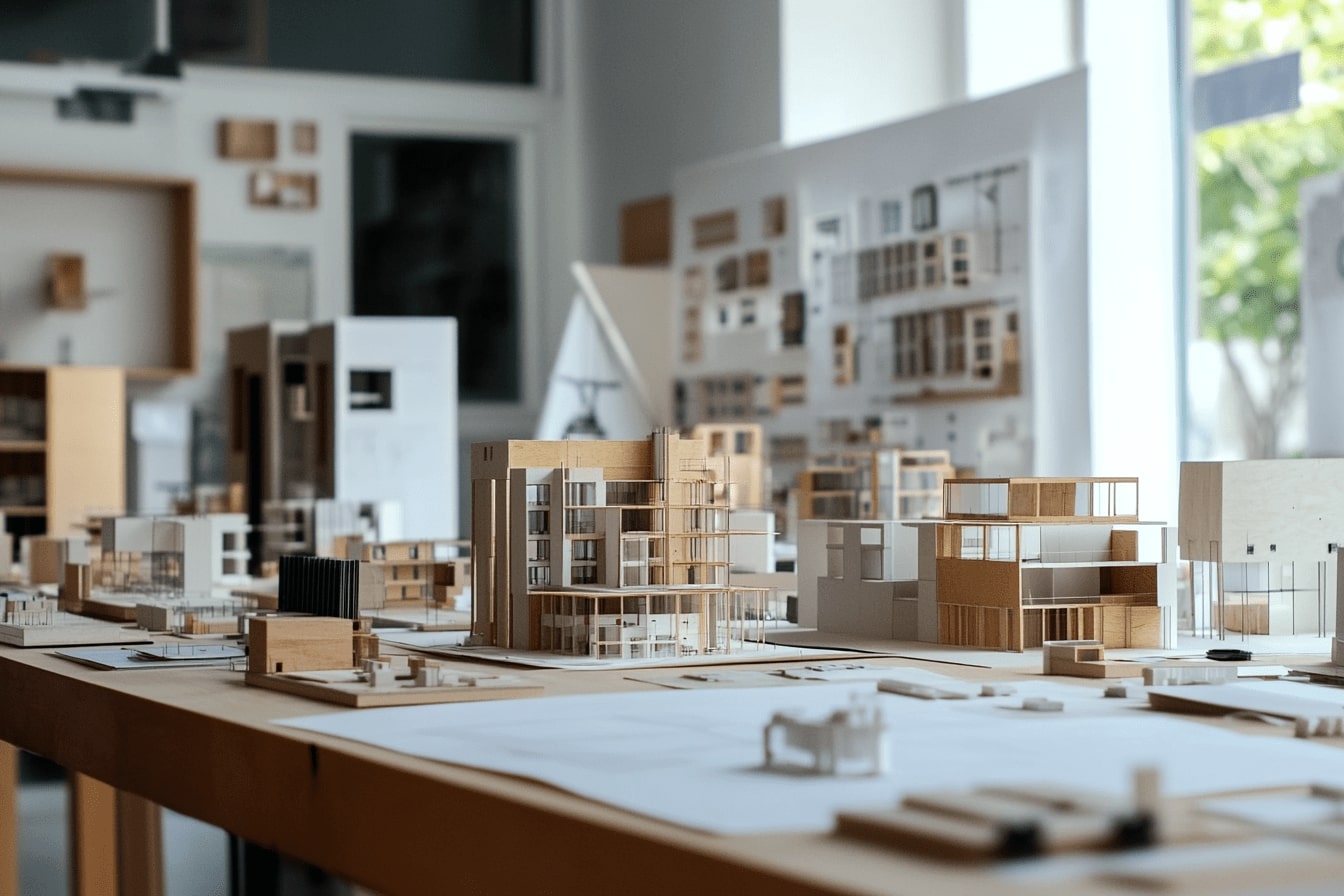
Creating an impressive architectural portfolio is more than just compiling your best work; it’s about telling a compelling story that showcases your unique skills and vision. Whether you’re a junior architect or a student applying to university, a well-crafted portfolio can be the key to unlocking opportunities. But what exactly makes a portfolio stand out?
In this article, we’ll delve into the essential steps and components that can elevate your portfolio from good to extraordinary. From selecting high-resolution visuals to avoiding common pitfalls, we’ll guide you through creating a polished and professional showcase. Let’s explore how to make your architectural portfolio not just a collection of projects, but a powerful tool that captures the attention of potential employers and clients.
Table of Contents
ToggleUnderstanding the Importance of an Architectural Portfolio
Making a Strong First Impression
An architectural portfolio is key to making a strong first impression in the architecture industry. It’s not just about showcasing your projects; it’s about telling a compelling story through visual and textual elements. Each page must highlight your most impressive work, crafted with clarity and impact. Admissions committees and potential employers frequently encounter many portfolios; thus, making yours stand out is crucial. Using high-resolution visuals, clear descriptions, and a cohesive layout can create a memorable first impression. A well-designed portfolio indicates your attention to detail and design acumen, elements that are essential in architecture.

Why You Need a Portfolio
We need a portfolio to showcase our creative abilities, technical skills, and design thinking. It provides a visual narrative of our growth, interests, and unique perspectives. For students, portfolios display potential to admissions committees, demonstrating creativity and the ability to communicate ideas visually. For professionals, they offer prospective employers and clients insight into our skills, work ethic, and vision. In both cases, portfolios act as a bridge, connecting us with opportunities that align with our design philosophy and career aspirations. Aligning our portfolios with the specific expectations and design ethos of our target audience increases the chances of making a significant impact.
Selecting Content for Your Portfolio
Choosing Your Best Projects
Selecting the best projects is crucial for creating an impressive architectural portfolio. We should aim to include projects that highlight our most sophisticated and well-executed work. When deciding on which projects to include, it’s essential to focus on those where we felt the most creative and confident in our design decisions.
It’s better to showcase two excellent projects rather than ten mediocre ones. Quality over quantity makes a stronger impression. For example, if we’ve completed several residential designs but only a few standout, we should only include the exceptional ones. Leaving out weaker projects avoids diluting the overall impact of our portfolio.
We should start and end with our strongest projects to create a memorable first and last impression. If we have a project that received awards or was featured in publications, these achievements merit inclusion and highlight our professional recognition.
Consider the initial glance at our portfolio. It’s viewed for no more than one minute in many cases before being passed on or revisited. Making those first moments impactful can determine whether the viewer will delve deeper into our work.
Demonstrating a Range of Skills and Styles
Our portfolio should illustrate a diverse range of skills and styles. We must include projects that demonstrate our versatility and adaptability across different architectural contexts. This shows our ability to handle various project types, scales, and complexities.
Including a variety of designs helps us appeal to a broader audience. For instance, if we’ve worked on residential, commercial, and public projects, we should provide examples from each category. This breadth showcases our capability to work within different typologies and client needs.
Furthermore, we should highlight specific skills such as sustainability considerations, innovative material usage, or advanced technical solutions. Including these aspects informs potential employers of our specialized capabilities and our alignment with current industry trends.
Our portfolio should not only focus on the final products but also on the design process. Including sketches, early concepts, and development stages of projects can highlight our problem-solving approach and creativity. By showing the evolution of a project, we illustrate our ability to navigate the design process from initial idea to completion.
Providing context for each project is essential. Including brief information about the project location, site analysis, and any constraints we faced offers insight into how we approached the design challenge. This narrative approach helps us communicate our thought process and design rationale effectively.
Overall, a strategically selected and well-rounded portfolio can significantly enhance our chances of impressing potential employers and clients by clearly showcasing our best work and diverse skill set.

Designing Your Portfolio
Creating a Visually Appealing Layout
In architectural portfolios, visual impact plays a crucial role. A clean, professional layout draws viewers in and helps cement your work in their minds. Use ample negative space to avoid clutter and ensure each project is clearly separated. Consider a consistent color scheme and typography to create unity throughout the portfolio. Simple, intuitive navigation enhances user experience, encouraging potential employers to spend more time on your projects.
Highlighting High-Quality Images
Every portfolio must include high-resolution images. These images effectively showcase your projects, making a strong first impression. Include a variety of views: final exterior shots of completed projects, work-in-progress images, architectural plans, and initial sketches. Each type of image adds depth to your portfolio, offering a comprehensive view of your design process. Always ensure images are clear, properly lit, and professionally presented.
Organizing Portfolio Sections Efficiently
Efficient organization is key to a standout portfolio. Start with an engaging introduction that outlines your design philosophy. Follow with a logical sequence of projects, beginning and ending with your best work. Group similar projects together to highlight particular skills or styles, and include concise, insightful descriptions for each project. Tailor your portfolio for specific job applications by aligning your strengths with the firm’s values. This targeted approach can significantly enhance the relevance and impact of your portfolio.
Including Written Content
Crafting Clear Project Descriptions
Project descriptions should be concise and informative. Each description must offer a snapshot of the work, providing context and clarity. Start with the Project Name, ensuring it’s easy to identify. Follow with an Overview, summarizing the project’s essential aspects. Next, outline the Objective, detailing the primary goals and intentions. Explain our Role in the project, highlighting our specific contributions. Finally, discuss the Outcome, emphasizing the results and impact. This structured approach helps readers understand our work dynamically.
Writing an Engaging Personal Statement
Our personal statement needs to reflect individuality and authenticity. It’s a space to express our unique architectural vision. While being professional, it’s crucial to maintain a tone that resonates personally. Use this statement to communicate our journey, values, and aspirations. Keep it brief yet impactful, avoiding overly formal language. Be honest and authentic, ensuring the narrative aligns with our work and personality. This balance of professionalism and personal touch will make a memorable impression.

Tailoring Your Portfolio
Knowing Your Target Audience
Understanding who’ll view your portfolio is pivotal. Architects seeking employment should identify the prospective firm’s values and projects. For instance, if applying to an eco-friendly firm, highlight sustainable projects. Knowing your client’s project types enhances the relevance of your portfolio. Presenting tailored work samples (e.g., residential or commercial) can significantly impress potential clients.
Customizing for Different Applications
One portfolio doesn’t fit all. Customizing based on application types is essential. Academic portfolios should emphasize conceptual work, research, and theoretical projects. Job application portfolios must mix creative designs with technical proficiency. For clients, showcase relevant projects and highlight favorable testimonials. Adjust the layout and content to ensure each portfolio resonates with the specific audience and purpose.
Digital vs. Print Portfolios
Advantages and Challenges of Digital Portfolios
Digital portfolios offer flexibility and interactivity, making them an attractive option. They allow us to incorporate multimedia elements such as videos, 3D models, and interactive diagrams, which can vividly demonstrate our design process and final outcomes. These portfolios can be easily updated and shared via email or links, saving time and printing costs. They also help in reaching a wider audience, especially in an increasingly digital world.
However, digital portfolios require technology-savviness to design and maintain effectively. The file size can also be a concern, sometimes leading to compatibility issues or slow download times. Moreover, there’s always the risk of technical problems during a presentation. Ensuring a backup plan, like a local copy on a flash drive, can mitigate this risk.
Considerations for Print Portfolios
Print portfolios offer a tangible way to present our work, often leaving a lasting impression during face-to-face meetings. They showcase our attention to detail through high-quality paper and print finishes. The tactile experience of flipping through a well-crafted print portfolio can pleasantly engage prospective employers or clients.
Print portfolios come with their own set of challenges. They can be costly and time-consuming to produce, especially if updates are needed frequently. Additionally, the physical nature of print media imposes limitations on page count and the inclusion of multimedia elements. In a construction-heavy or onsite setting, print portfolios can be cumbersome to carry around. Balancing aesthetics with practicality is key when choosing this format.
Both digital and print portfolios have unique strengths and challenges. Understanding these aspects allows us to select the format that best aligns with our audience and presentation context.

Maintenance and Updating
Keeping Your Portfolio Current
Maintaining an updated architectural portfolio is crucial for showcasing our ongoing growth and evolution as designers. New projects should replace older ones that might no longer reflect our current skill level or aesthetic preferences. Minor updates, such as tweaking descriptions or adjusting layouts, can make a significant difference. Regular updates ensure that our portfolio always presents our best and most relevant work.
Soliciting Feedback for Improvement
Feedback from peers and mentors is invaluable in refining our portfolio. Experienced colleagues can offer insights on presentation, project selection, and overall impact. It’s beneficial to seek diverse opinions, as different people can provide varied perspectives. Acting on constructive criticism helps us achieve a more polished and compelling portfolio.
Conclusion
Crafting an impressive architectural portfolio isn’t just about showcasing projects; it’s about telling a story. Each element, from high-resolution visuals to clear and concise project descriptions, contributes to a powerful narrative that aligns with our design philosophy and career goals. By selecting quality projects and arranging them strategically, we can demonstrate our versatility and leave a lasting impression.
Including sketches and design process details offers a deeper insight into our approach and creativity. Clear project descriptions, when paired with a structured layout, make our portfolio more engaging and easier to navigate. Crafting a compelling personal statement tailored to the target audience ensures we connect on a personal level.
Designing a visually appealing layout involves using ample negative space, a consistent color scheme, and intuitive navigation. Customizing our portfolios for different applications enhances relevance and impact.
Regular updates are essential for showcasing growth and evolution. Replacing older projects with new, higher-quality works keeps the portfolio fresh. Feedback from peers and mentors helps refine and improve our presentation, making it more polished and compelling.
Balancing the benefits of digital and print formats is crucial. Digital portfolios provide flexibility and interactivity, ideal for online sharing. Print portfolios, on the other hand, offer a tangible, personal touch suited for in-person presentations. Understanding our audience and the context of the presentation guides our choice between these formats.
In essence, a well-crafted architectural portfolio is an evolving document, reflecting our skills, creativity, and professional journey. It’s a key tool in making a memorable impression in the competitive field of architecture.
- architect portfolio skills
- architectural design portfolio
- architectural portfolio for job application
- Architectural Portfolio Tips
- architecture portfolio content strategy
- architecture portfolio design ideas
- architecture portfolio layout
- architecture student portfolio guide
- best architecture portfolio examples
- building an architecture portfolio
- digital architecture portfolio
- handcrafted architectural portfolios
- how to create an architectural portfolio
- impressive architecture portfolio
- innovative architectural portfolios
- portfolio tips for architects
- professional architectural portfolio
- successful architecture portfolios
Submit your architectural projects
Follow these steps for submission your project. Submission FormLatest Posts
Digital Marketing: The New Portfolio for Showcasing Skills and Attracting Opportunities
Discover how digital marketing has revolutionized the traditional portfolio in today's fast-paced...
Essential Tips for a Good Architecture Portfolio to Impress Employers and Clients
Unlock your architectural potential with our essential tips for crafting a standout...
How to Stage a House for an Architectural Portfolio Shoot
A house might look beautiful in person, but through a lens? That’s...
The Process Behind a Successful Architecture Portfolio: Tips for Design and Presentation
Discover the art and strategy behind building a standout architecture portfolio. Learn...







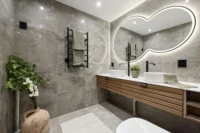
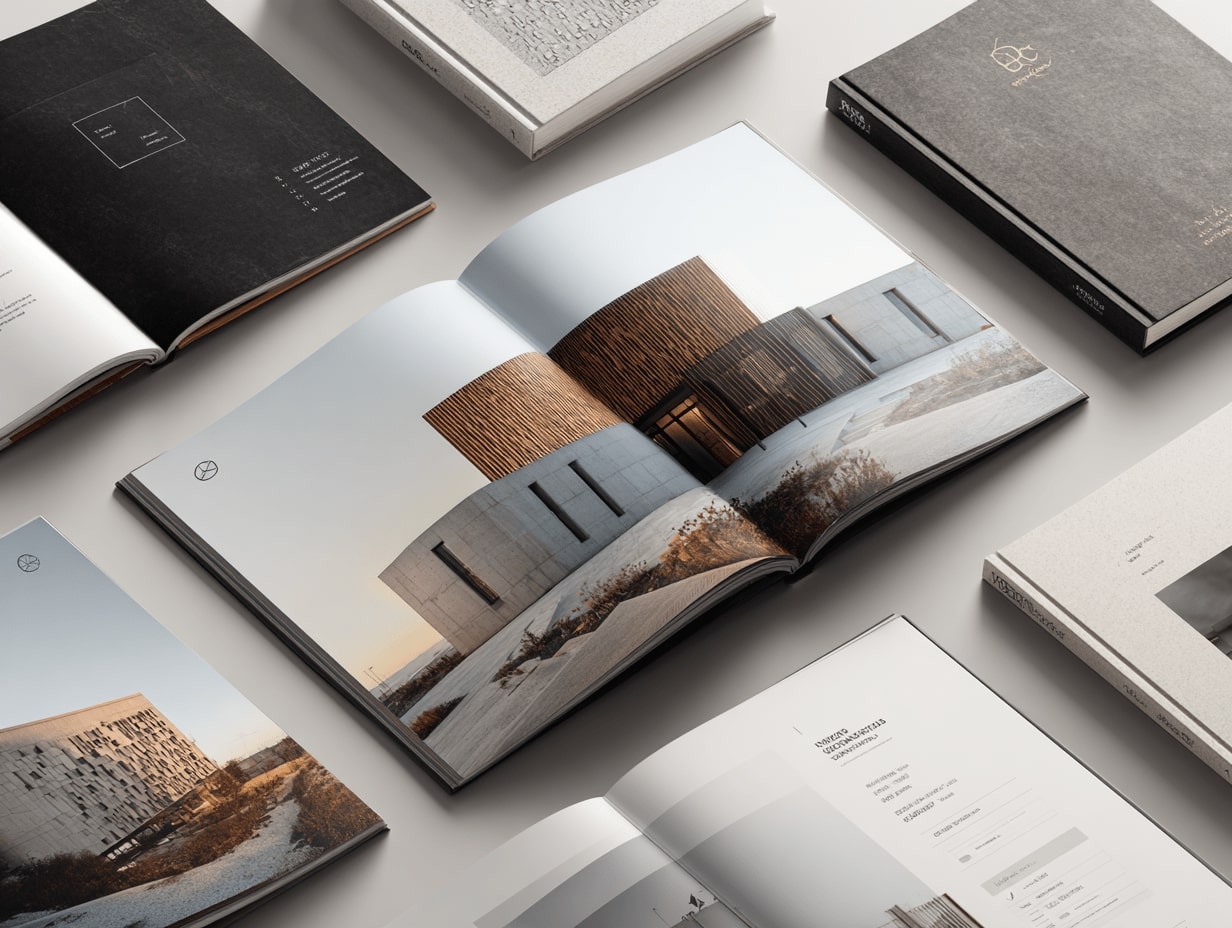
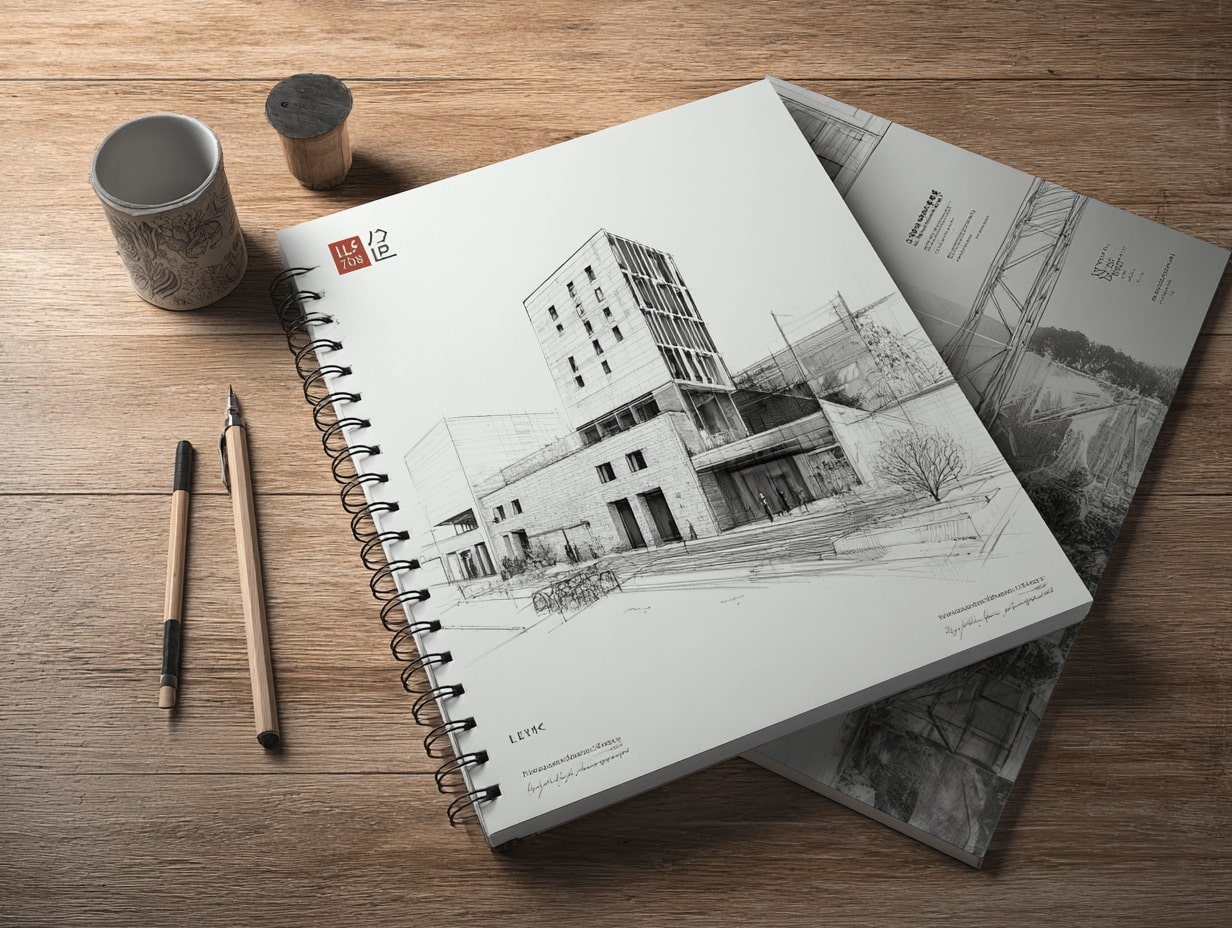

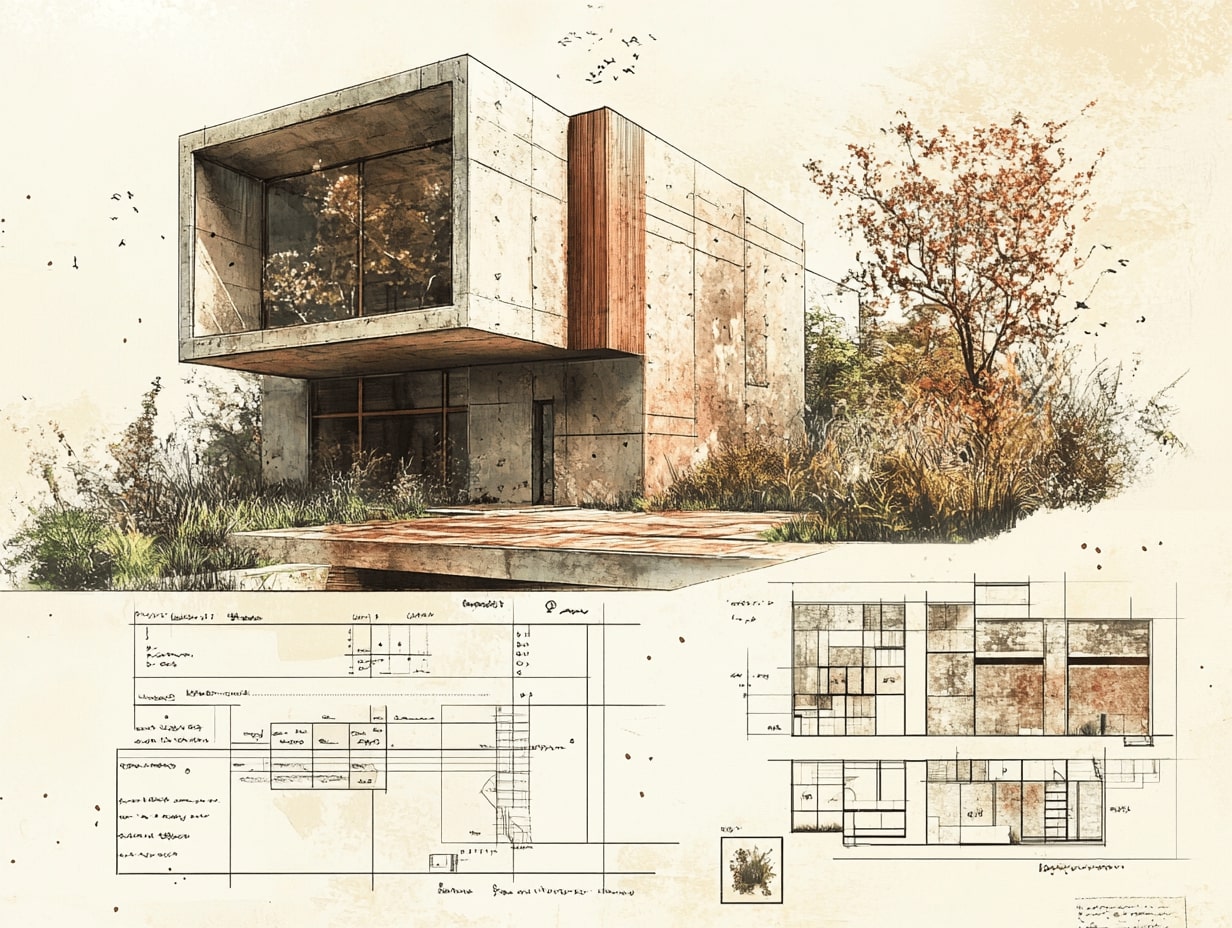
Leave a comment